|
top: "By Artificial Resemblance" at the Front Room showing Erin Courtney (foreground), photographs by Mañuel Sander and a portrait by an unknown Italian artist. above: the announcement for By Artificial Resemblance

employee # 1317
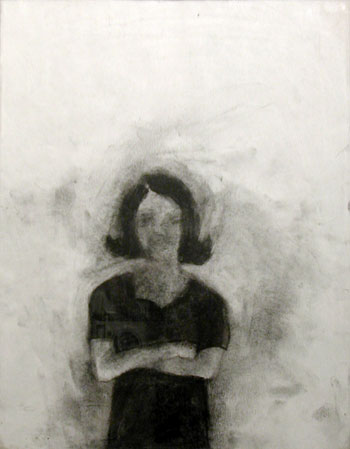
Erin Courtney
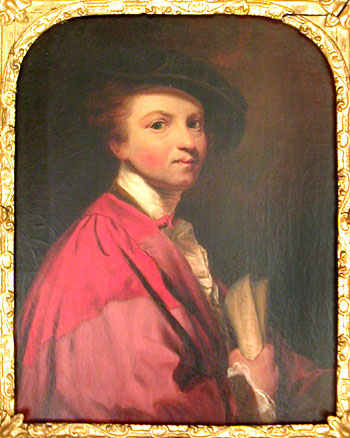
unknown artist after Sir Joshua Reynolds
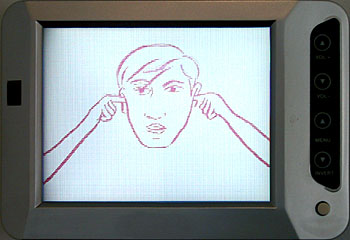
Serge Onnen
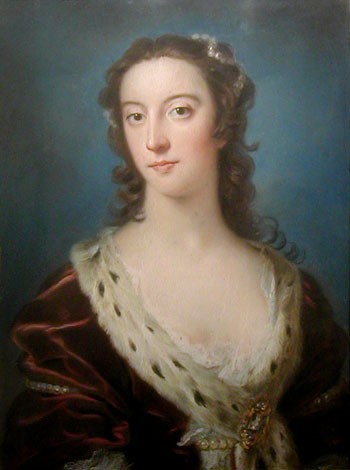
William Hoare of Bath
|
By Artificial Resemblance
curated with Amanda Alic
Front Room Gallery
March 18 - April 10th, 2005
with Luca Bertolo, Erin Courtney, Glen Einbinder, Karen Finley, Johanna Goodman, Serge Onnen, Matt Richards, Manuel Sander, Employee #1317, William Hoare of Bath, unknown artist after Sir Joshua Reynolds
In 2005 the Front Room presented "By Artificial Resemblance: Portraits from Four Centuries" an exhibition of portraits from a variety of periods and styles. The exhibition broke with conventional tropes of emerging-artist-gallery group exhibitions and with modes of traditional portrait presentation.
Historically individual portraits were the province of the wealthiest classes. As such, constellations of relationships between artist, subject and viewer were often more proscribed than they are today. Historical portraits are often imbued with feelings of distance, deference or outright flattery to their subject. As art practices and exhibition conventions have evolved so has the use and social meaning of portraiture–so much so, that conventional portraiture has begun to be subsumed into other genres, practices and schools.
"By Artificial Resemblance" underscored the stylistic, conceptual and social evolution of the portrait and emphasized the artist/subject/viewer relationship. The exhibition included work ranging from the classical, as in a large pastel of a young woman by William Hoare of Bath realized circa 1750, to more abstract definitions of portraiture as seen in Glen Einbinder's my name project, a self-portrait-in-search-of-a-subject comprised of an accumulation of cultural bits and pieces each referencing his first two names, Glen Eden. The relationship between artist and subject is also explored by Karen Finley in her psychic portraits. On view was her portrait of the show's curators. While drawing her subjects Finley was in an open almost trancelike state that she likens to automatic writing.
A portrait need not even be a face. Sometimes the most significant remnant of the substance of a subject's life is not a portrait at all. Other products from that life serve as proxy portraits. The unknown draftsman, employee #1317 of the American Machine and Metals Company left behind an image of a machine, it's function lost but it's hauntingly beautiful and precise form transmit something of it's creator whose only remnant is his work I.D. badge. In the case of celebrity portraiture, the face is paramount. These portraits trade on the cultural accumulations of meaning that have become attached to a celebrity. Italian artist Luca Bertolo plays on these celebrity images in his portrait of a Van Gogh brand oil stick complete with a tiny head of Vincent.
"By Artificial Resemblance" included a painting by an unknown 19th century artist that is a copy of a Sir Joshua Reynolds self-portrait. This painting further confuses the understanding of identity and personal expression in self-portraiture. Other artists included Serge Onnen, a Dutch artist who's humorous self-portraits in video animation are grotesque evocations of his subconscious, Manuel Sander who photographs friends and family, Johanna Goodman, a commercial illustrator, and Erin Courtney a playwright and artist.
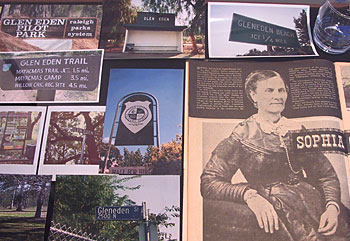
Glen Einbinder
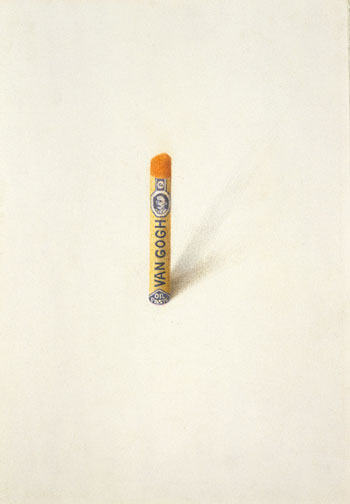
Luca Bertolo

Matt Richards
|